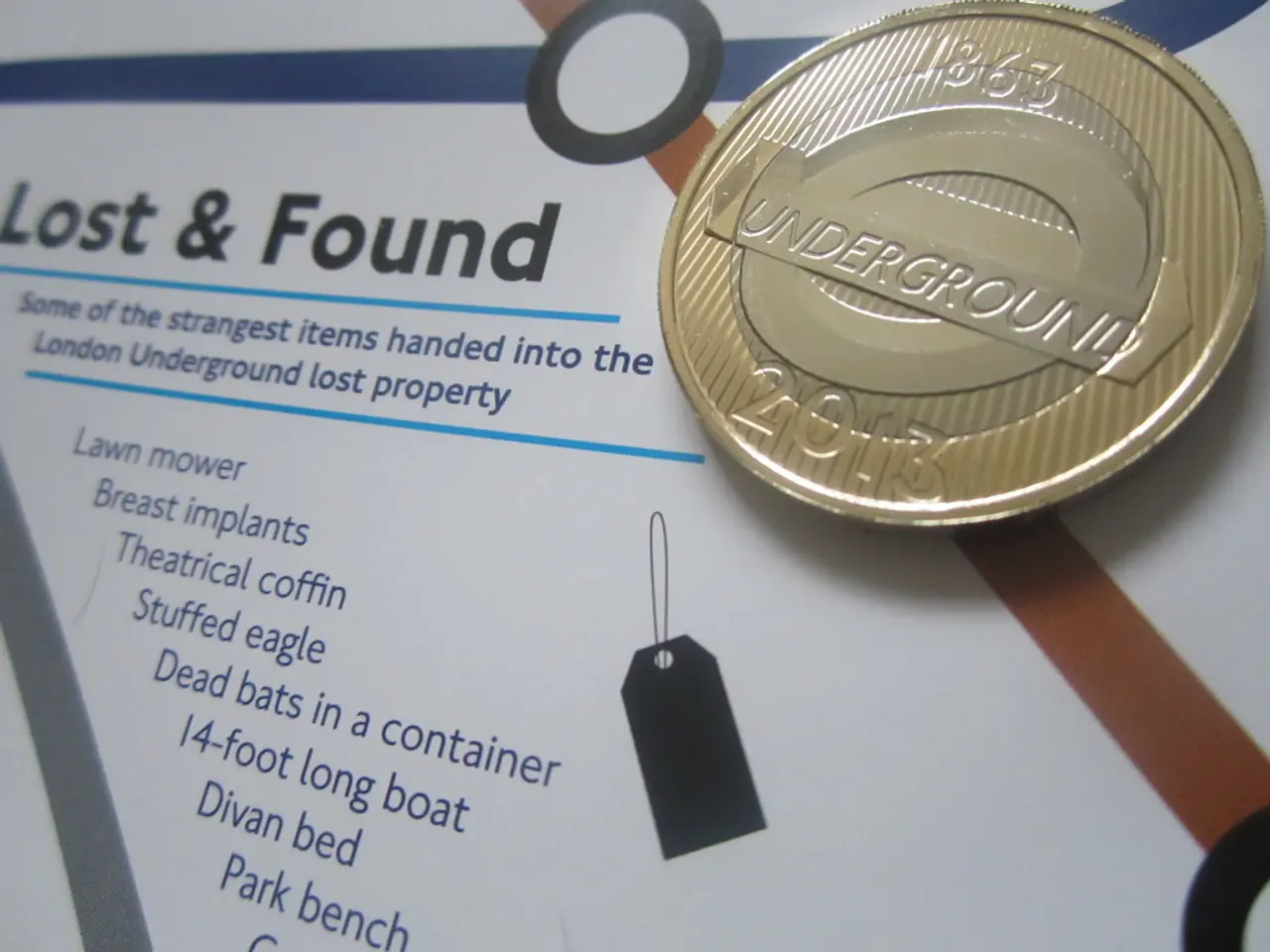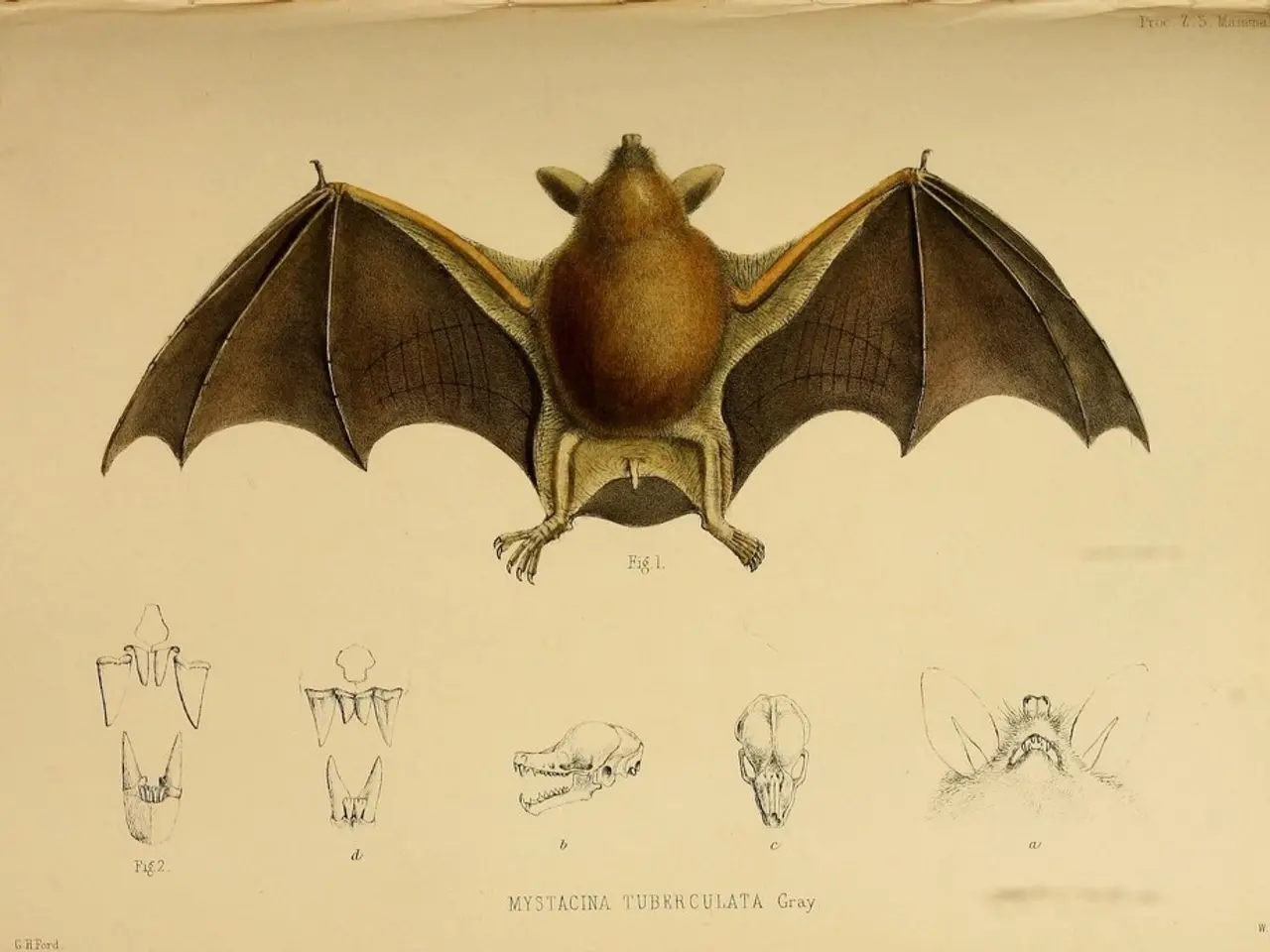Lowest EU Ranking for Social Protection Expenditure as Percentage of GDP Held by Romania
In the European Union (EU), Hungary, Malta, and Ireland had similarly low social protection spending ratios of 12.3%, 9.7%, and 8.1% respectively in 2023. However, Romania stood out as an exception with an even lower ratio, allocating just 0.2% of its total social protection spending to unemployment benefits, the lowest in the EU, alongside Poland (0.82%) and Malta (0.87%) [1].
Romania's low social protection spending can be attributed to its relatively lower GDP per capita and labor productivity, which constrain the government's fiscal capacity for social spending. Historical underfunding in social sectors and structural economic factors also contribute to this lower allocation [4]. In 2022, Romania allocated EUR 1,766 per person for social protection, with only Bulgaria spending less (EUR 1,631) [2].
In comparison, Denmark led in per capita social protection spending with EUR 15,368, followed by Sweden (EUR 12,253), Finland (EUR 11,414), Germany (EUR 11,341), France (EUR 11,462), the Netherlands (EUR 11,708), and Austria (EUR 11,283) [1]. Finland allocated 25.7%, France allocated 23.4%, and Austria allocated 21.4% of their respective GDPs to social protection spending in 2023 [3].
The report highlights that Romania is particularly underperforming in the categories of unemployment benefits and social housing [5]. Romania spent 0.04% of its total social protection budget on social housing in 2022, placing it second to last in the EU, only ahead of Bulgaria (0%) [1]. Croatia (0.01%) and Poland (0.12%) were also near the bottom in terms of social housing spending [1].
EU financial support aims to alleviate but does not fully offset these structural differences. Romania receives significant EU funds allocated for cohesion, social climate, and migration policies—totaling approximately EUR 60.2 billion for 2028-2034, including EUR 4.6 billion dedicated to the Social Climate Fund and EUR 1 billion for migration [1][3]. These funding streams may help improve social protection in the medium term but have yet to close the gap compared to higher-spending EU member states.
In 2023, Romania allocated 12.8% of its GDP to social protection spending, the lowest proportion among European Union member states [1]. However, Romania's per capita social protection expenditure is significantly lower than the expenditure in Western and Nordic countries [5]. While exact per capita figures for Romania's social protection spending were not explicitly found, EU countries on average spent around €830 per person on social protection benefits in 2022 [5].
As Romania's social protection spending is expected to decline further in 2025 due to the withdrawal of energy compensation schemes and the government's efforts to reduce the budget deficit, it remains to be seen how these changes will impact the country's social protection system and its most vulnerable citizens [4]. The specific details about the government's broader efforts to reduce the budget deficit are not provided in the article [1][3].
In light of Romania's low social protection spending ratio, the government might need to allocate more resources from its finance sector to address this issue, considering the implications for its business environment and the welfare of its citizens. The EU financial support allocated for cohesion, social climate, and migration policies could be channelled towards bolstering Romania's social protection spending in the medium term.




